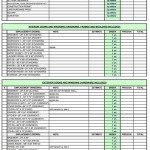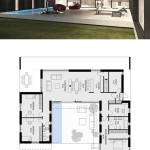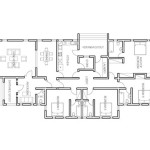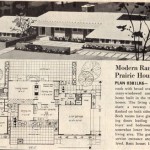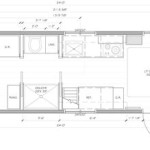Making your own bird house plans for a wren is a rewarding and creative endeavor. While there are some factors to consider in order to create the perfect home for these lovely birds, the rewards are worth the effort. Whether you’re a novice do-it-yourselfer or a more experienced woodworker, this guide will help you create the perfect wren bird house.
Choosing the Right Materials
When it comes to selecting materials for your wren bird house, there are a few important things to keep in mind. First, the bird house should be constructed of wood, preferably cedar, pine, or redwood. These materials are durable and weather-resistant, making them ideal for outdoor use. Second, you’ll need to choose the right hardware for the bird house. Nails, screws, and hinges should be galvanized or stainless steel, as these are the most corrosion-resistant materials available.
Selecting the Right Size and Shape
The size and shape of the bird house are important considerations. Wrens prefer bird houses that are between five and eight inches tall, with an entrance hole that is about one and a half inches in diameter. The shape of the bird house should also be taken into account. Most wrens prefer a gabled roof, as this allows them to shelter from the elements while still having plenty of room to move around.
Creating the Design
Creating the design of your bird house is the fun part. There are a few things to keep in mind when designing your bird house. First, make sure the roof is slanted enough to keep out the rain, but not so steep that the wrens can’t easily access the entrance hole. Second, be sure to leave enough room inside the bird house for the wrens to move around. Finally, make sure there are plenty of ventilation holes at the top of the bird house to ensure your feathered friends stay cool during the warmer months.
Installing the Wren Bird House
Once you’ve completed your wren bird house plans, it’s time to install the bird house. First, find a suitable location for the bird house. Wrens prefer open areas where they can easily access the entrance hole, as well as places with plenty of foliage for protection from predators. Once you’ve found the perfect spot, use galvanized nails to securely attach the bird house to the support post or tree. Be sure to use enough nails to keep the bird house in place.
Maintenance and Care
Once the bird house is installed, it’s important to regularly check on it and clean it as necessary. Bird droppings, twigs, and other debris can accumulate inside the bird house, so it’s important to clean it out every few months. Additionally, check for any structural damage and make any necessary repairs. Finally, make sure the bird house is securely attached to the support post or tree, as wrens can be quite active and may cause the bird house to become loose over time.
Conclusion
Making your own wren bird house plans is a rewarding and creative endeavor. By following the steps outlined in this guide, you can create the perfect home for your feathered friends. With the right materials, design, and installation, you’ll have a beautiful bird house that will attract wrens for years to come.















Related Posts

